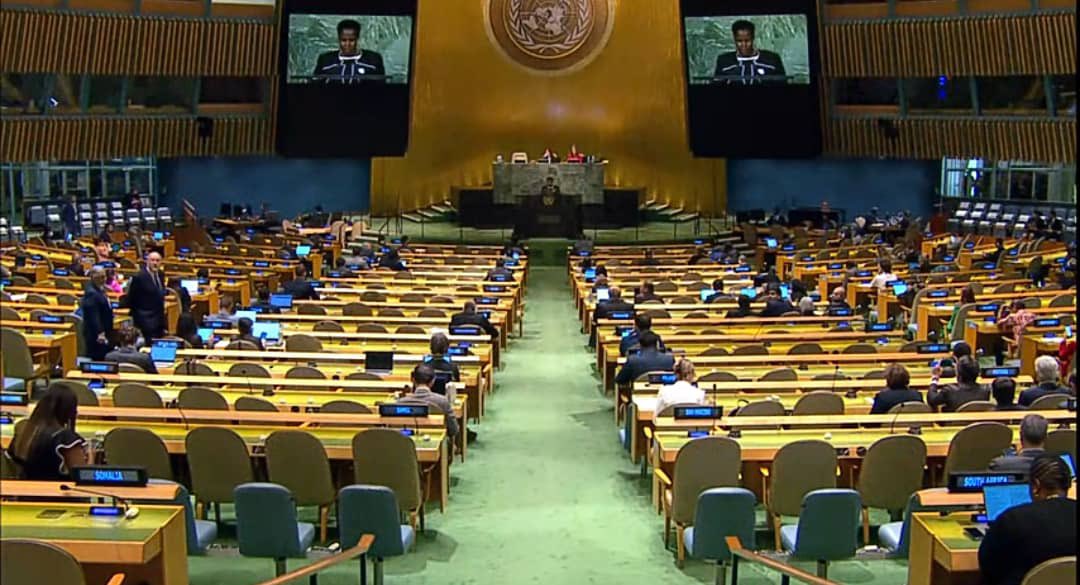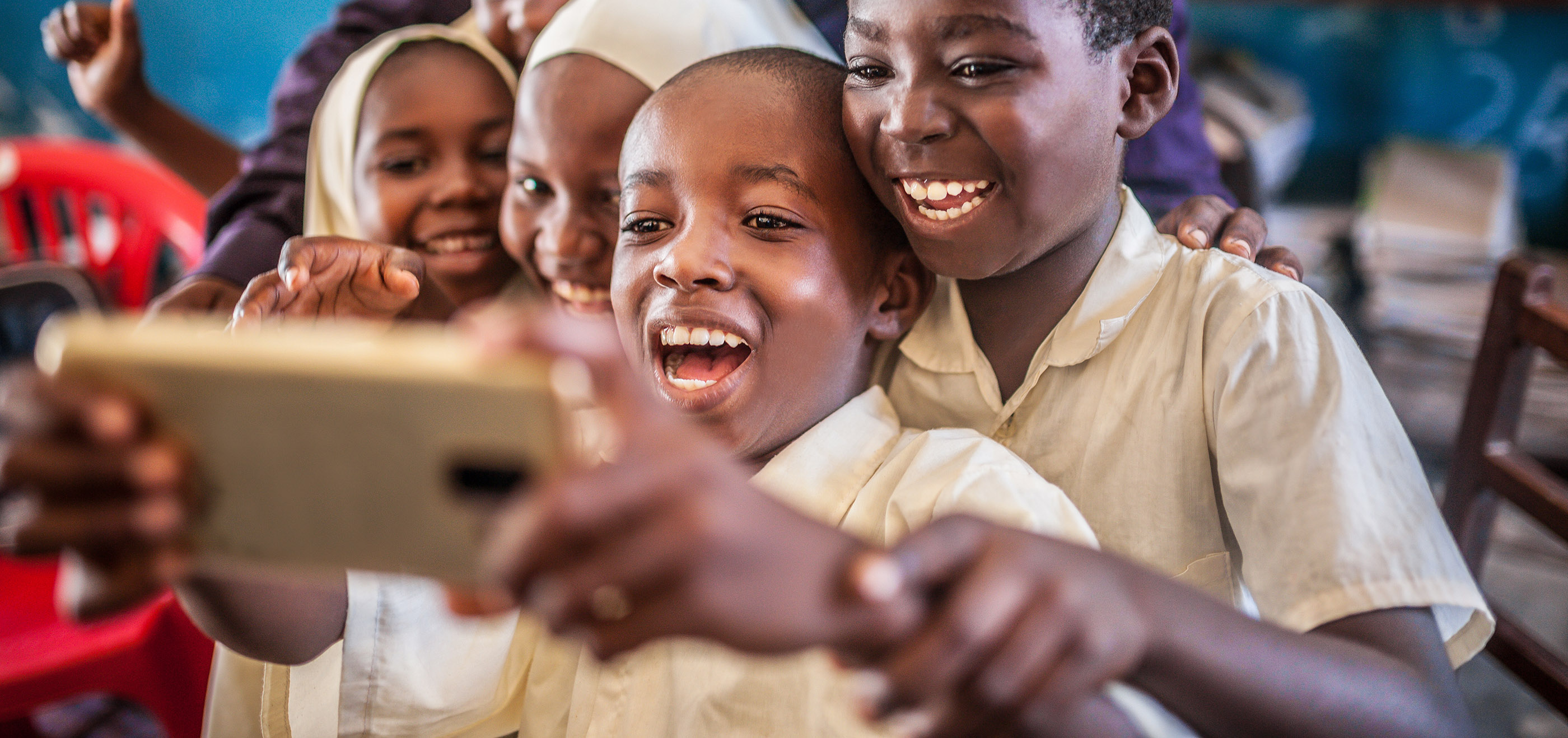We must transform our education systems to alleviate poverty
This past weekend the United Nations hosted the Transforming Education Summit, which included a presentation from countries on how they are transforming their education systems. The Summit focused on 5 key areas of transformation, including schools, life-long quality learning, teachers, connectivity and financing education. It provided an open forum for countries to share key elements of their commitment to transforming education.
Coming at a time when education globally is facing enormous challenges, the Summit aimed to provide “a moment for education to take its rightful place on the global stage at the top of the world’s agenda” and to reverse the current slide on SDG 4. Uganda’s Vice President Jessica Alupo addressed the Summit and highlighted various measures that have been taken by the Government of Uganda to transform the education sector.

According to the Vice President, Uganda is fully supportive of the global agenda to transform education at all levels and strands. Honorable Alupo stated that the Government of Uganda used the covid 19 pandemic to come up with innovative solutions to ensure continuity of learning, citing curriculum reviews, teacher retooling to implement the abridged curriculum, development of home learning materials and online learning mechanisms.
The Vice President gave the re-assurances of the country in ensuring affirmative action in favor of marginalized groups including refugees, girls and people with special needs. Speaking about the need to continually support a holistic approach to education from early childhood care and education, the Vice President said, “We reaffirm our support to all forms of learning through continued partnership with our partners to realize the universal right to lifelong learning.”
The Summit came at a time when the education sector is facing enormous challenges globally. The Covid-19 pandemic has caused unprecedented disruption to social, economic, and cultural life across the world. Schools in Uganda only reopened at the start of 2022 after two years of closure. Recent evidence suggests that learning losses as a result of the pandemic have been even worse than previously estimated.
During the pandemic, Uganda was able to establish a blended learning system which enabled many children to stay engaged in their schooling. Bridge Schools Uganda developed an innovative remote learning resource called Bridge@Home which allowed children to continue learning while schools were closed, focusing on WhatsApp and virtual classrooms. The resources reduced learning disruption and kept children on the path to success.

According to the World Bank, 70% of 10-year-olds, mainly from the developing countries, are now in learning poverty. They are unable to read and understand a simple text. School closures during the pandemic and unequal mitigation actions have exacerbated the learning inequality among children. Children from disadvantaged backgrounds are affected the most, jeopardizing their ability to thrive in increasingly competitive labour markets and more complex societies.
As the world looks for solutions to the learning crisis, a recently released study by a Nobel prize winning economist seems to offer that solution. Prof Michael Kremer of the University of Chicago and his team of researchers found that a highly standardized education has the potential to deliver huge learning gains. The study conducted in Kenya found out that after two years, primary school pupils in Bridge are nearly a whole additional year of learning ahead of children taught using standard methods. For pre-primary pupils, children gain nearly an additional year and half of learning. They learn in two years what children in other schools learn in three and a half years.
The researchers also found that Grade 1 pupils in Bridge Kenya, equivalent to Primary 1, were more than three times as likely to be able to read as their peers in other schools. In addition, they found that pupils starting from the lowest learning levels gained the most, with girls making the same leap in learning as boys.
These findings are an affirmation of the scientific learning and teaching methods used by Bridge Schools, a model that now underpins public education transformation programmes supporting more than a million children a day across Africa. In Uganda, the Bridge model has been transformative. Technology has been used to provide affordable high-quality education to children from the underserved communities. The results are impeccable, with Bridge Uganda pupils outperforming the national average in the PLE exams for four consecutive years.

Preceding the Transforming Education Summit , a report by the World Bank, UNESCO, and UNICEF called for sustained national political commitment, from the highest political levels to all members of society to tackle the learning crisis. According to the report, Turning the tide against the longer-term learning crisis will require national coalitions for learning recovery – coalitions that include families, educators, civil society, the business community, and other ministries beyond the education ministry.
Commitment needs to be further translated into concrete action at the national and sub-national levels, with better assessment of learning to fill the vast data gaps, clear targets for progress, and evidence-based plans for learning recovery and acceleration. “This is the moment to reverse the historical slide resulting from pandemic, climate and conflict disruptions, and to seek transformational changes around schooling, learning, teaching, technology, and financing of education,” says the report.

